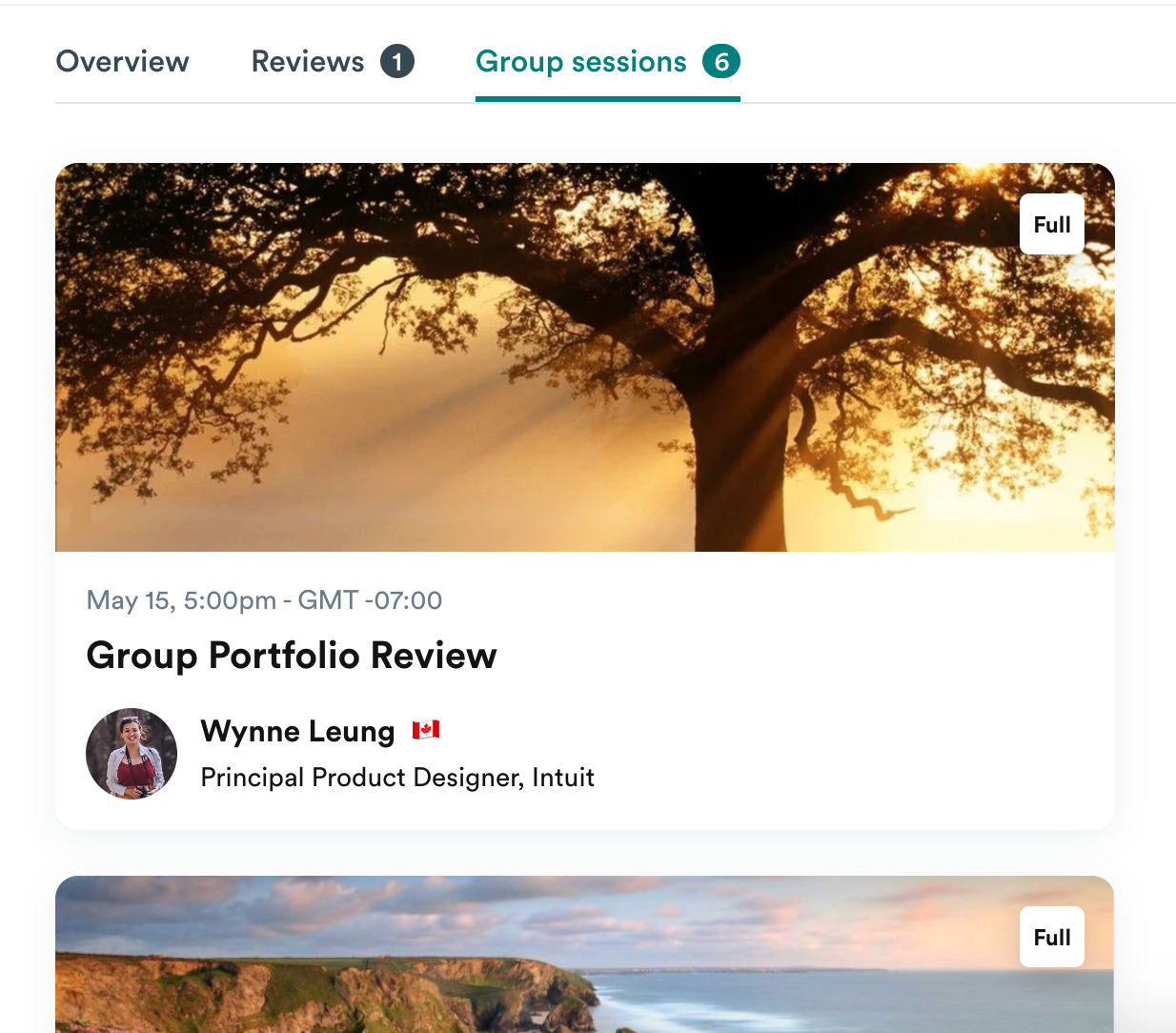Imagine this: you’ve been asked to share your design work with stakeholders, product managers, and engineers. It’s a big moment. Everyone’s looking at you, ready to hear your ideas and give feedback. But then it hits you, where do I even start?
You’ve got 15, maybe 30 minutes. What do you show? How do you explain your decisions? How do you make sure the feedback you get is actually helpful?
Well, here’s an idea: tell a story.
Start with the overview
Every great story has a reason for being told, and so does your design work. Start by setting the scene. Why does this project exist? What problem are you solving, and why is it important?
Share a few key points to give everyone the context they need. Maybe it’s a customer pain point you uncovered or a business opportunity that your design is addressing. This part doesn’t have to be long—just enough to get everyone on the same page.
Bring in the Customer
Your customer is the heart of this story. Help your audience see the problem through their eyes.
What are they struggling with? What’s frustrating or confusing for them? Use specific examples from your research—whether it’s a quote, a behavior, or a stat that highlights the problem. Then, zoom out a little. How does this challenge fit into the bigger picture?
By now, your audience should feel like they know the customer. They’re rooting for them, which means they’re rooting for your design to succeed.
Share What You’ve Learned and the opportunities
Next, it’s time to share the insights that shaped your work.
What did you discover about your customer that made you think, “This is what we need to solve”? Highlight the key takeaways from your research or testing that connect directly to the problem you’re solving. If it makes sense, show how these insights map onto the customer’s journey.
This part is crucial—it builds the bridge between the problem and your solution.
Reveal the Solution
Now for the big moment: your design.
Walk your audience through the features you’ve created. Explain what they are, how they work, and, most importantly, why they matter to the customer. Keep it simple and focused.
Show static screens or mockups—something visual that everyone can engage with. Talk about the flow of your design and how it solves the problem. And don’t forget the details—mention any edge cases you’ve already considered and invite your team to share more.
Wrap It Up with Next Steps
Finally, close the story with what happens next.
What’s your plan moving forward? Are there specific areas where you need feedback or alignment? Wrap up with a clear set of next steps and invite your audience to weigh in.
Storytelling doesn’t have to be complicated, but it does have to be thoughtful. By taking your audience on this journey—starting with the “why,” showing the problem, and then revealing the solution—you’re not just presenting your work. You’re helping everyone see the bigger picture and empowering them to give meaningful feedback.
So, the next time you’re asked to share your work in a meeting, don’t panic. Just remember: a little story can go a long way.
Yours,
Wynne



















































